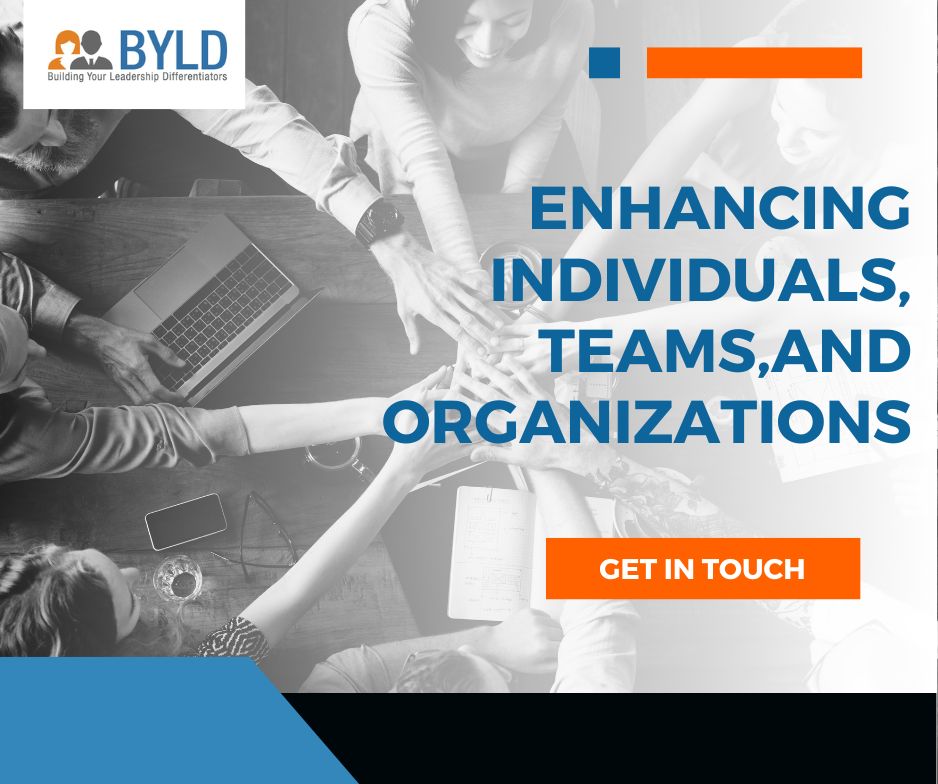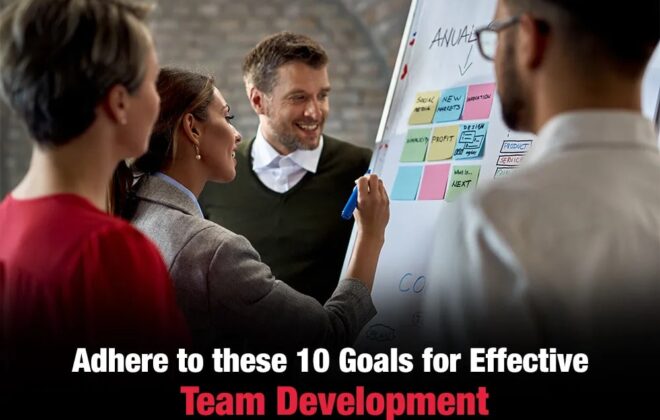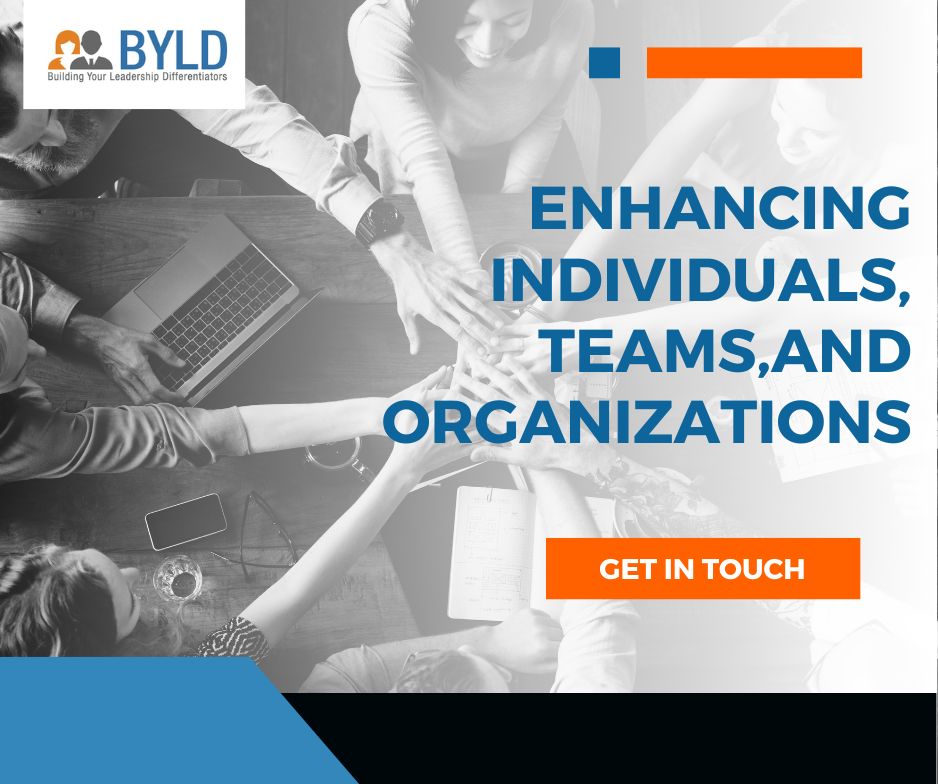
Navigating the Stages of Team Development for Better Teamwork

Introduction
In the intricate landscape of a corporate environment, the heartbeat of success resonates in the harmonious collaboration of teams. The importance of team development cannot be overstated, as it forms the bedrock for efficient workflow, innovative solutions, and a thriving workplace culture. Teams are the driving force behind transformative ideas and monumental achievements, making their development a critical aspect of organizational growth.
From fostering a culture of collaboration to enhancing individual strengths within a team, the impact of effective team development reverberates across every facet of an organization. Also, effective team dynamics throw light on the transformative power that intentional and strategic team development can have on the overall success of a business. Join us on this exploration of the dynamic world of team development and learn to foster a culture of teamwork and collaboration.
5 Stages of Team Development
Understanding these stages equips teams and leaders with insights to navigate challenges, capitalize on strengths, and foster an environment conducive to sustained success.
1. Forming: Building the Foundation
Forming is one of the initial stages of team development and is marked by team members coming together and acquainting themselves. Individuals are polite and cautiously optimistic. They seek clarity on goals, roles, and expectations, whereas the leader helps in guiding and setting the tone.
2. Storming: Navigating Conflicts
As the team starts working together, differences emerge, leading to the Storming stage. Conflicts arise, and members may challenge authority or express differing opinions. The team needs to address these conflicts openly by indulging in a team development program fostering an environment where diverse perspectives are valued.
3. Norming: Establishing Cohesion
With conflicts addressed, the Norming stage witnesses the establishment of a more cohesive and collaborative environment. It is one of the stages of team development where roles and responsibilities become clearer, and a sense of unity prevails. Team members start recognizing each other’s strengths and working towards shared goals.
4. Performing: Achieving Optimal Productivity
In the Performing stage, the team reaches its peak performance. Trust is high, and members collaborate seamlessly. Individuals leverage their strengths, and the team operates with a high degree of autonomy. Innovation and productivity flourish under this team development program as the team achieves its objectives.
5. Adjourning: Wrapping Up
While not always considered in every team model, the Adjourning or Mourning stage acknowledges the conclusion of a project or the disbandment of the team. It is one of those core stages of team development where recognizing achievements and expressing gratitude becomes essential for closure and acknowledging the journey.
7 Tips to Help Your Team during the Stages of Team Development
Implementing these tips can enhance team dynamics, mitigate challenges, and facilitate a smooth progression through the stages of team development.
1. Foster Open Communication
In the Forming and Storming stages, effective communication is crucial for building understanding and resolving conflicts. Regular team meetings, feedback sessions, team development programs, and open forums create an environment where everyone’s voice is heard, fostering trust and collaboration.
2. Set Clear Goals and Expectations
During the Forming stage, define clear goals and expectations for the team. It provides a roadmap for the team’s journey and helps members understand their roles. Clear expectations contribute to a smoother transition through the various stages, minimizing ambiguity and enhancing accountability.
3. Provide Constructive Feedback
In the Storming and Norming stages of team development, conflicts and differences in working styles may arise. Leaders should provide constructive feedback to address challenges and guide team members toward resolution. Constructive feedback focuses on behaviors and performance, fostering a growth-oriented mindset within the team.
4. Encourage Team Building Activities
Team building activities are valuable throughout all stages of development, especially during Forming and Norming. These activities help break the ice, build trust, and strengthen interpersonal relationships. They contribute to a culture of teamwork, making the journey through the stages more enjoyable and cohesive.
5. Recognize and Celebrate Achievements
Celebrating milestones and achievements, whether big or small, is vital in the Performing stage. Recognizing individual and collective efforts boosts morale and motivation. Further, leverage a team development program that reinforces a culture of appreciation, inspiring team members to sustain their high-performance levels and strive for continuous improvement.
6. Adapt Leadership Style
Effective leaders understand the evolving needs of their team. Considering the Forming and Storming stages of team development, a more directive leadership style may be necessary to provide guidance and structure. As the team progresses to Norming and Performing, a more participative approach may empower team members and enhance autonomy.
7. Facilitate Closure in Adjourning
In the Adjourning stage, acknowledge the completion of a project or the team’s disbandment. Provide closure by reflecting on achievements, expressing gratitude, and conducting a debriefing session. Also, you can take the help of a team development program that helps team members process the experience, learn from it, and transition positively to new endeavors.
Conclusion
Team development is not just a process; it is an investment in the heart of organizational success. As teams progress through the stages of Forming, Storming, Norming, Performing, and eventually Adjourning, they evolve into cohesive units that leverage diverse strengths, perspectives, and talents.
A well-developed team contributes to heightened employee engagement, increased productivity, and a positive organizational culture. The collaborative spirit fostered during team development becomes a driving force, propelling businesses toward their objectives with agility and adaptability.
Furthermore, the impact extends to individual team members who experience professional growth, enhanced interpersonal skills, and a sense of belonging. Teams that have weathered storms and celebrated victories together forge bonds in a supportive work environment. As businesses recognize and prioritize the significance of various stages of team development, they position themselves not only for present success but for a sustainable and prosperous future.
FAQs related to Stages of Team Development
What are the typical challenges faced during the Storming stage of team development?
The Storming stage is characterized by conflicts and disagreements as team members assert their individuality. Common challenges include communication breakdowns, power struggles, and role ambiguity.
How can a team leader navigate the Storming stage effectively?
A leader can facilitate open communication, address conflicts promptly, and establish clear roles and expectations. Encouraging collaboration and acknowledging diverse perspectives fosters a smoother transition to the next stage of an effective team development program.
Is team development a one-time process, or should it be continuous?
Team development is an ongoing process. Teams evolve, face new challenges, and welcome new members. Regularly revisiting team dynamics ensures sustained cohesion and adaptability.
Can team development programs be customized for different industries?
Yes, effective team development programs are adaptable. They can be customized to align with the unique needs, goals, and challenges of various industries and organizational structures.
How does team development contribute to employee engagement?
Team development enhances employee engagement by fostering a sense of belonging, promoting open communication, and providing opportunities for skill development.
Is it possible to expedite the stages of team development for faster results?
While the stages of team development follow a natural progression, strategic interventions, such as team-building activities and effective leadership, can expedite the development process. However, rushing through stages may compromise the depth of team bonding.
Related Posts







